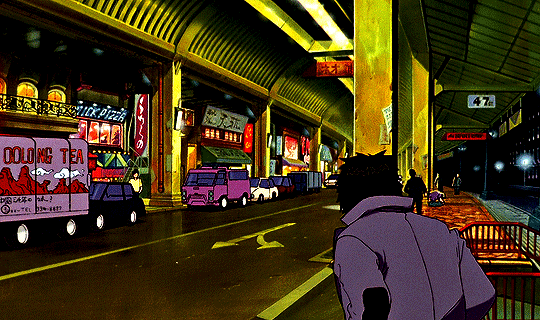#Ōtomo katsuhiro
Explore tagged Tumblr posts
Photo


Katsuhiro Ōtomo, I.N.R.I. (1981)
42 notes
·
View notes
Text

Spriggan (スプリガン) Norihiko Sudo (1998)
18 notes
·
View notes
Photo



Akira アキラ
5 notes
·
View notes
Text

Memories (1995) ☰
#Katsuhiro Ōtomo#memories#1995#movie to watch#movie#to watch#da vedere#film da vedere#animazione#Tensai Okamura#Kōji Morimoto#drammatico#grottesco#fantascienza#japan
0 notes
Text
El arte único de Katsuhiro Ōtomo: Explorando el estilo de un maestro del manga
¡Nuevo artículo en el blog! 🎉 Descubre el arte único de Katsuhiro Ōtomo en nuestro último post 🎨📖 Exploramos el estilo de este maestro del manga y su impacto en la cultura pop #KatsuhiroŌtomo #arte #manga 🖋️🖼️

View On WordPress
1 note
·
View note
Text

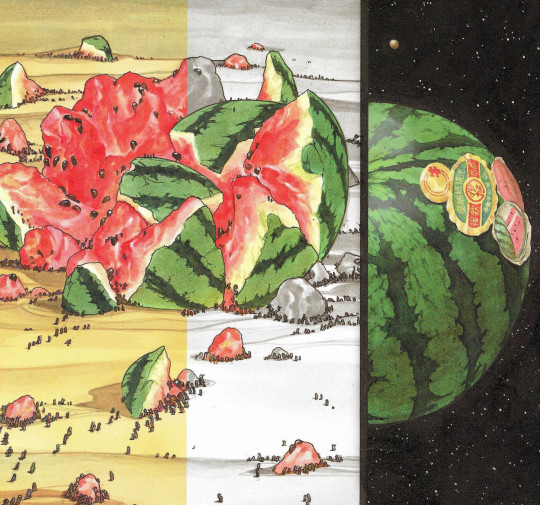
KATSUHIRO ŌTOMO for COMME DES GARÇONS | 2013
#fashion#comme des garçons#katsuhiro otomo#manga#sci-fi#illustration#akira#contemporary art#japanese#art#u
2K notes
·
View notes
Text
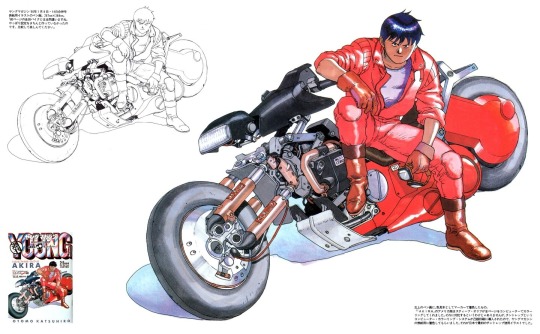



AKIRA illustrations by Katsuhiro Ōtomo from the artbook ‘Akira Club’ Manga: AKIRA by Katsuhiro Ōtomo, and published by Kōdansha
#akira 1988#tetsuo#manga#art#best anime#anime and manga#anime blog#bike#akira bike#animation#blog#japan
11 notes
·
View notes
Note
I answered your question <3 Now I want to know your 10 favorite movies, monsieur Insupportable.
Sorted by release date:
If.... (1968), Lindsay Anderson
Star Wars (1977), Georges Lucas
Back to the Future (1985), Robert Zemeckis
Akira (1988), Katsuhiro Ōtomo
Terminator 2: Judgment Day (1991), James Cameron
The Truman Show (1998), Peter Weir
Fight Club (1999), David Fincher
Kill Bill: Vol. 1 (2003), Quentin Tarantino
The Grand Budapest Hotel (2014), Wes Anderson
Parasite (2019), Bong Joon Ho
Special mention to A Clockwork Orange (1972), Stanley Kubrick.
#suo asks#suo recs#movies recommendations#film recommendations#f#star wars#back to the future#akira#parasite#terminator 2 judgment day#the truman show#fight club#kill bill#the grand budapest hotel#a clockwork orange#dumb bunny
11 notes
·
View notes
Text

#134 Akira. Katsuhiro Ōtomo (1988)
7 notes
·
View notes
Text

La mostra Akira Cel Exhibition farà "esplodere Neo Tokyo" ad agosto L'installazione comprende 600 cels e layout provenienti dalla collezione privata di Katsuhiro Ōtomo. Info:--> https://www.gonagaiworld.com/la-mostra-akira-cel-exhibition-fa-esplodere-neo-tokyo-ad-agosto/?feed_id=382580&_unique_id=64ada981c8d9c #Akira #KatsuhiroOtomo #Mostre #OTOMOTHECOMPLETEWORKS
2 notes
·
View notes
Text
There is no destruction after construction, because construction is destruction
I often pass in front of a red wall, which stands out from the rest of the former Censier’s campus. Becoming the third place Cesure, I never have the occasion to enter into this building. But when I found out that it will be hosting Formula Bula, the comic book’s international festival of Paris, I see the opportunity to discover this place. The event lasts three days, and I decide to go to it on Sunday the 22th September, which is the last day. Among all the books and posters that are exposed, I am disturbed by a destroyed project’s introductory page spread on the floor.

At Formula Bula’s festival, 2024
First, I expect this is a sheet of paper that fell from a stand. But it is an element of a meticulous scenography. It presents Roots’f Roof, two illustrated fanzines of the artist François De Jonge. The project’s presentation consists of the spread of many illustrations on seven tables. On the highest table, there are the two fanzines, attached together with a chain. I flip through them, and I am amazed by the amount of details of the plants that are illustrated. There is almost no text in the pages, and there is no need for it because the images are sufficient in themselves to tell a story and deliver emotions. There are only plants drawn with precision, and the consequence is that we don’t know where to look. Pages after pages, the illustrations take us through unknown territory to discover it. Ink blackens the blank paper in a way that it seems we are in a luxuriant jungle. I look at this amount of details with an admiring gaze, but they also give me the impression of being in an oppressive aera. The atmosphere is heavy, almost dystopian.





Installation of Roots’f Roof (François De Jonge, 2024)
After Formula Bula’s festival, I check François De Jonge’s other works, and I am really taken with his illustration’s style. I can describe it as a wealth of details which build a scenery while destroying it because of these same details. The information is scrambled and that we don’t know how to start to view the drawing, and this is something which enthrals me. Even if I discover this artist this month, this drawing’s style is not unknown to me. Actually, I am already a fan of Akira’s illustrations, a cyberpunk’s manga published from 1982 to 1990. This dystopian story takes place in the future Tokyo, becoming a concrete forest. It is the wealth of details that shows the destruction of the city and gives to it all the power of this chaos. It consists of the fusion of the city's metal and concrete with living organs, which the details express very well. I also think about some Brian Chippendale’s and Gary Panter’s works.


Other François de Jouge’s works


Katsuhiro Ōtomo (author, illustrator), Akira, 1882-1990


Brian Chippendale, Puke Force, 2012


Gary Panter, Jimbo in Purgatory, 2004
This illustration’s style seems to be linked to punk for all the artists I presented in this article. There is no need of color, the black ink is an ornament by itself. Adolf Loos, for whom the ornament is a crime, would hate these illustrations because there are too many details. Or he would like them in a certain way, because they illustrate the dystopia that he fights against. But without this ornament’s work, the drawing would not have the same resonance, it would not have the same meaning. To me, it is extremely pleasant to get lost in the details. This illustration’s style is as oppressive as it causes the curiosity to discover these worlds : does the ornament allow the emergence of a new environment, or its destruction ?
0 notes
Text
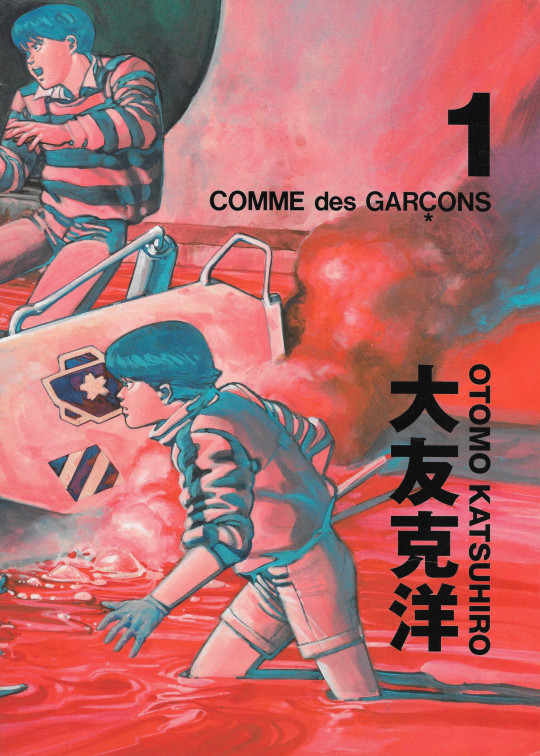


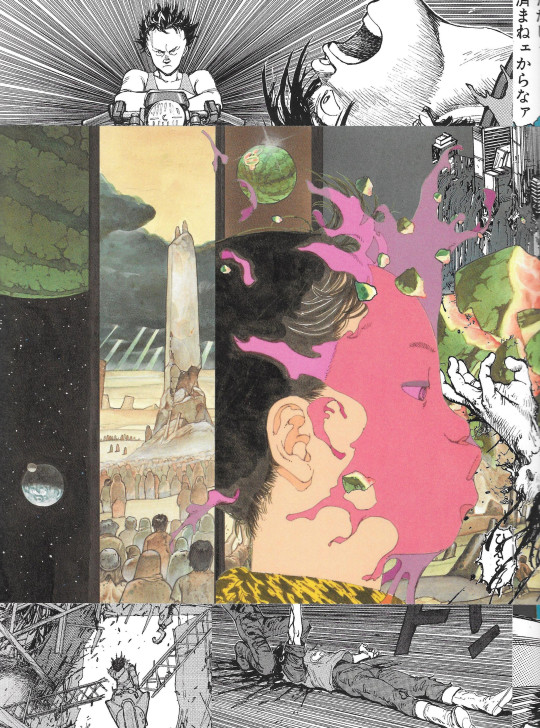
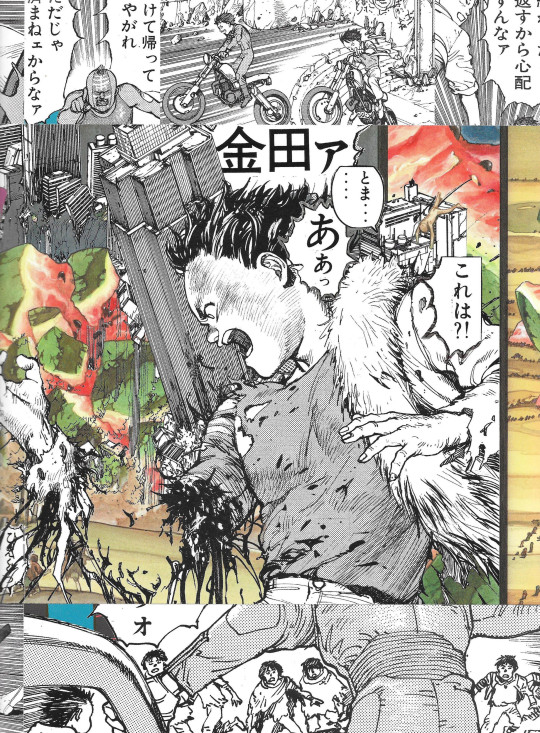

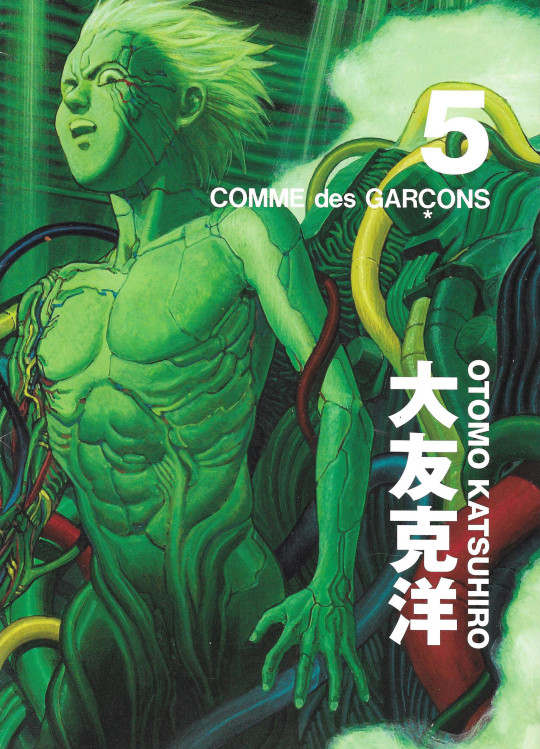
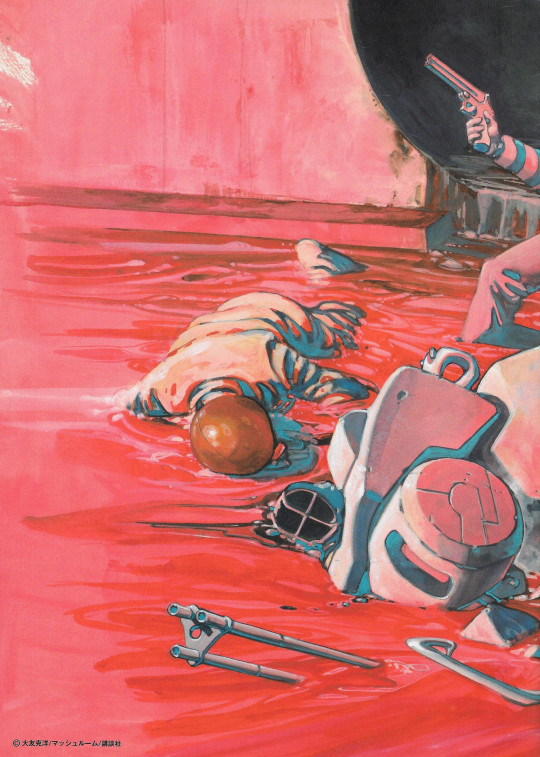
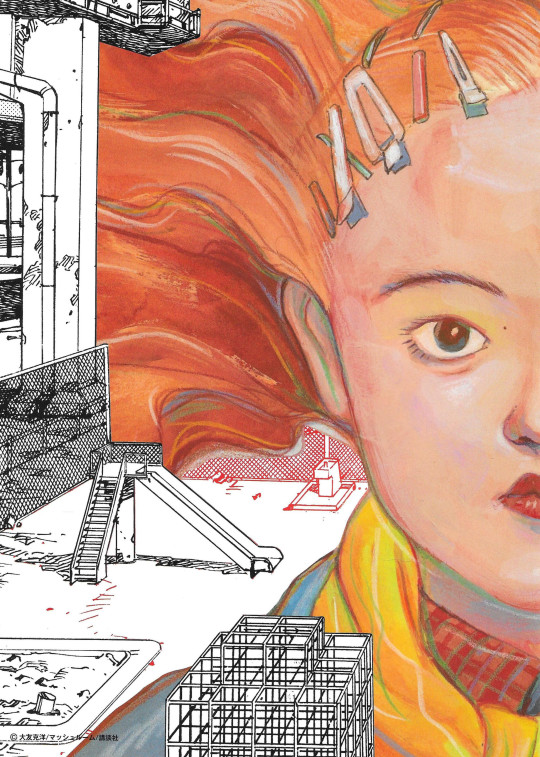
KATSUHIRO ŌTOMO for COMME DES GARÇONS | 2013
#fashion#comme des garçons#katsuhiro otomo#manga#sci-fi#illustration#akira#contemporary art#japanese#art#u#FAVE
915 notes
·
View notes
Text

Extrait de « Cannon Fodder » l’histoire 3 du film « Memories » de Katsuhiro Ōtomo (1995)

« Churchgate station » par Sebastião Salgado (1995)

Spider-man: into the spider-verse’s « leap of faith »scene (2018)

« Summer » alphonse mucha (1896)

Cirque plume , « tempus fugit ?une balade sur le chemin perdu » Festival circa 2017
1 note
·
View note






